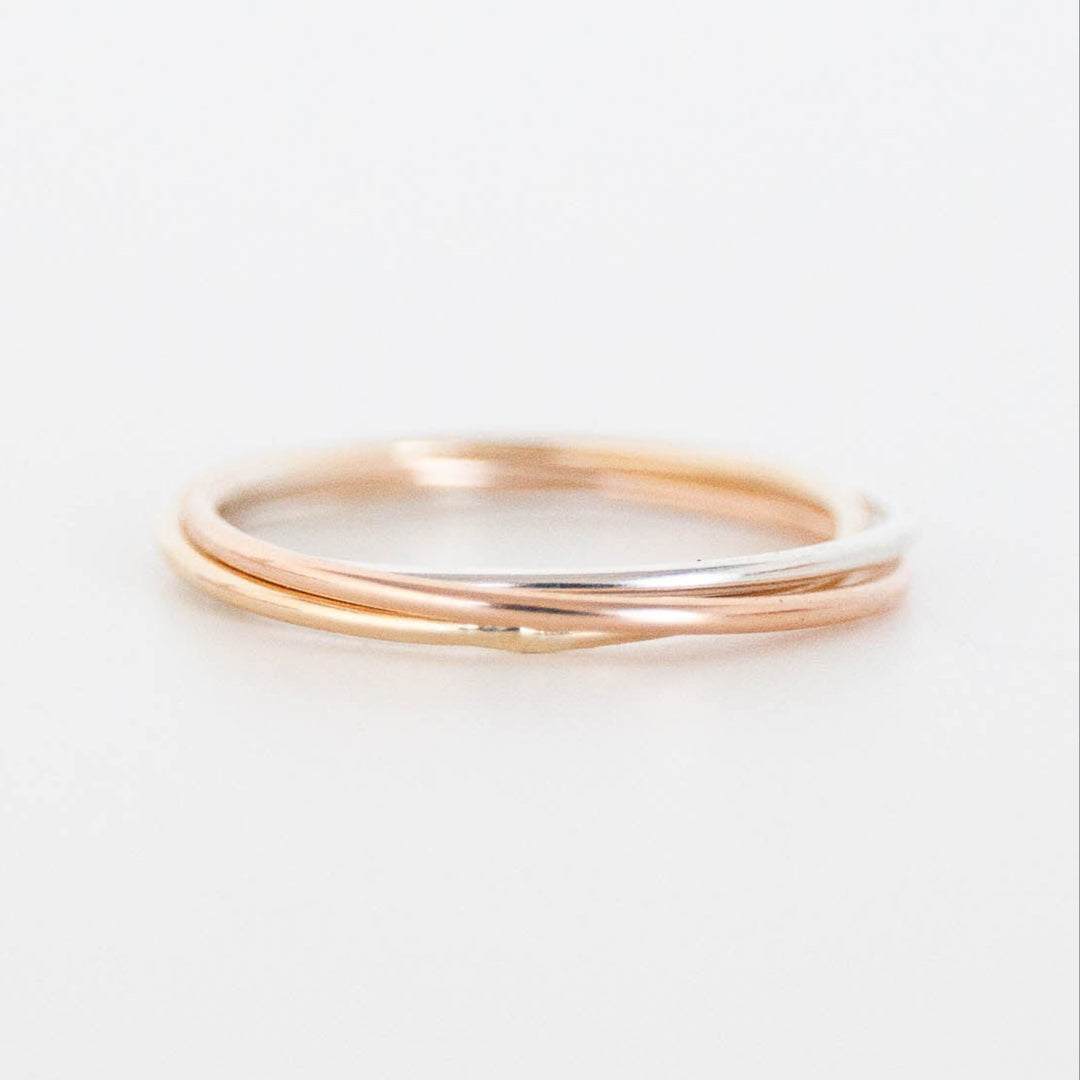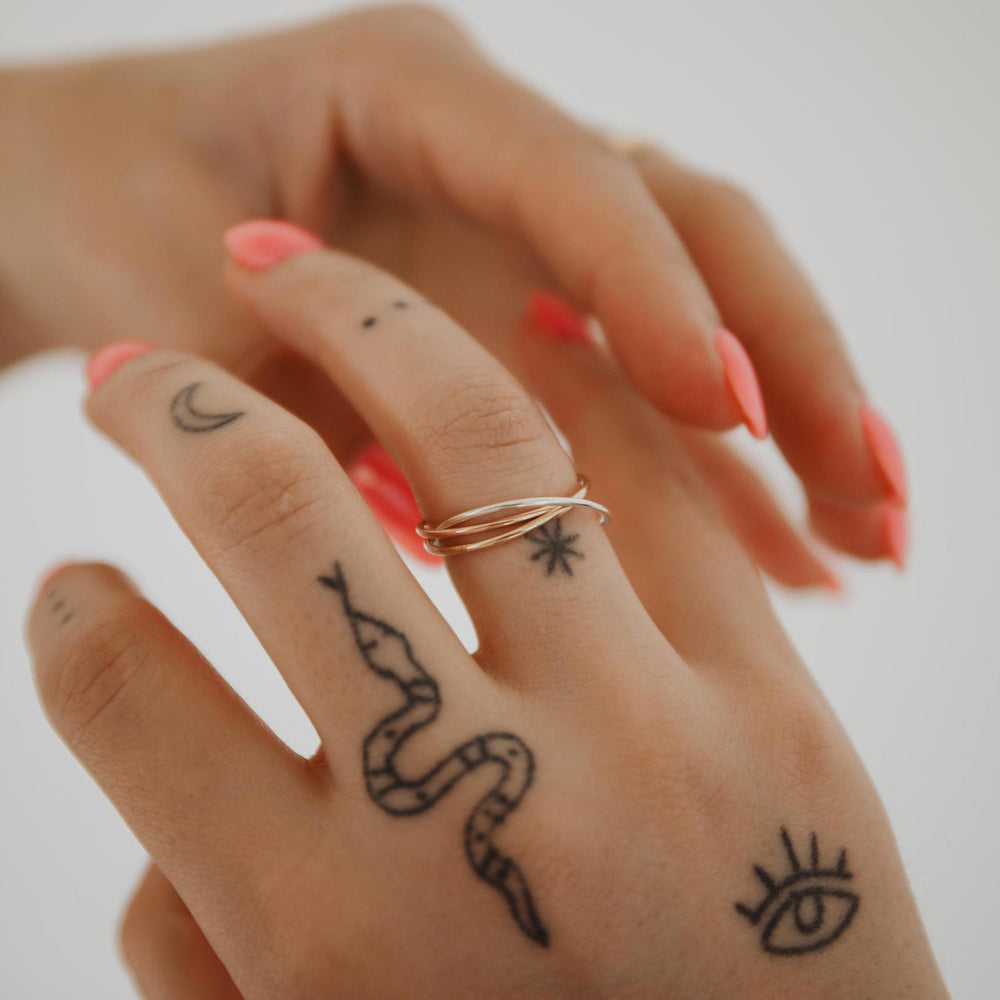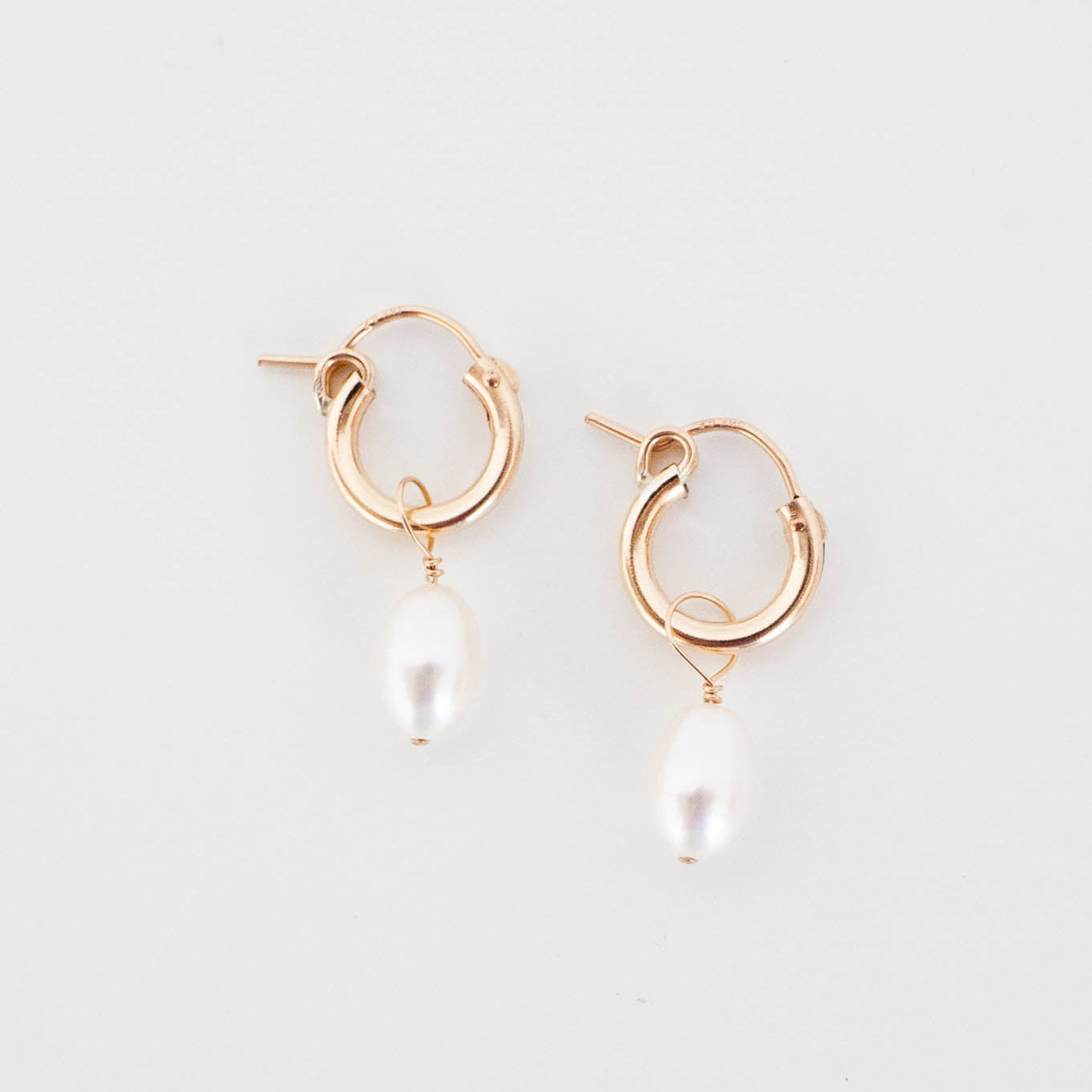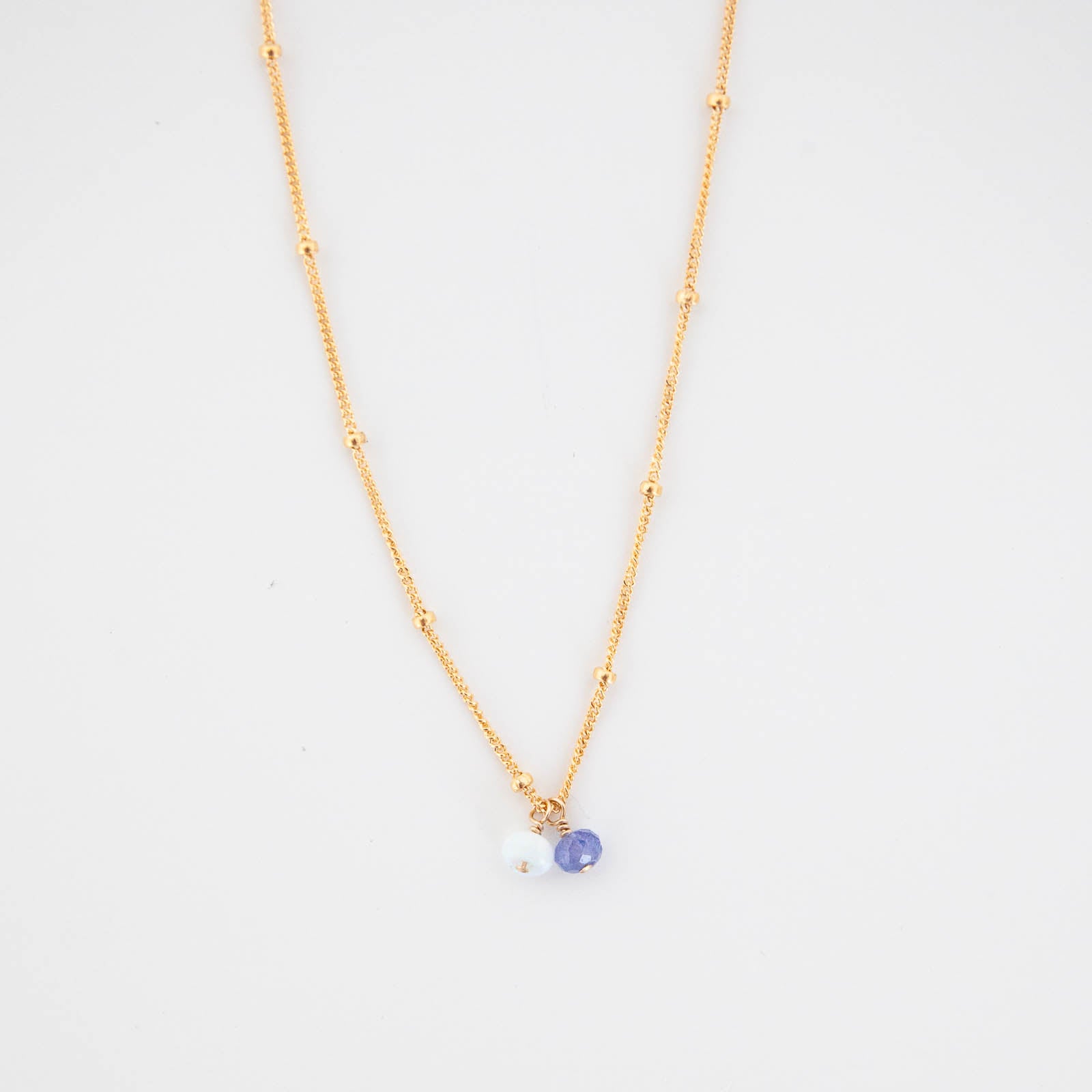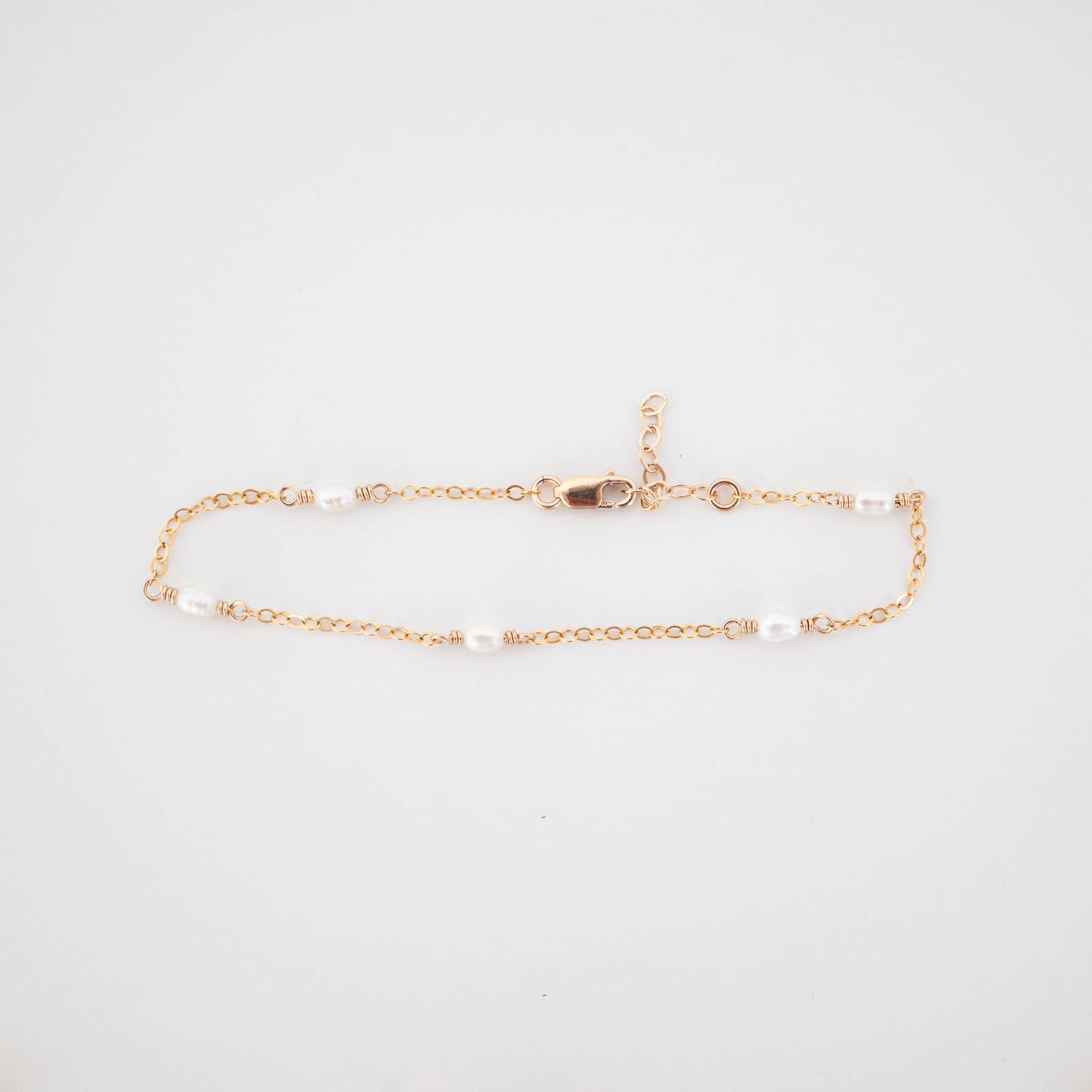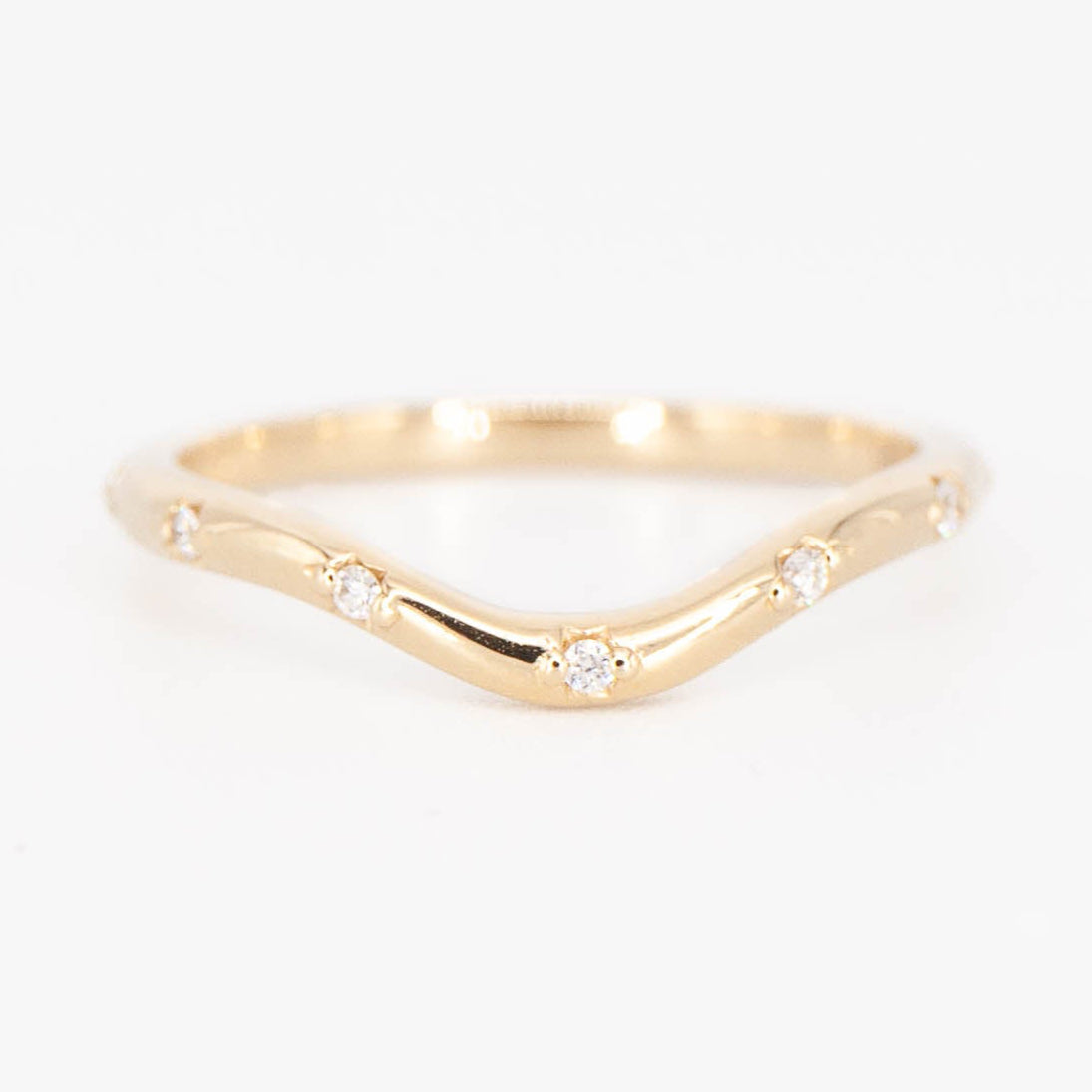
The Kimberley Process
To understand the Kimberley Process (KP), we need to establish what conflict diamonds, also known as blood diamonds, are. Essentially, these are diamonds that are mined and sold in order to fund rebel groups, terrorism, etc.
In 2003, the Kimberley Process was established to stop the flow of conflict diamonds into the market and lay the groundwork for diamond trade regulations.
Unfortunately, the KP is not a perfect system. It doesn't account for labor conditions, environmental concerns, community effects, or the myriad of other negative impacts mining has on the planet.
Known Origin Diamonds
Simply put, a known origin diamond can be tracked from the mine it came from to the piece of jewelry it’s used in. These diamonds have become increasingly popular in recent years since they are one of the best ways to practically guarantee that your stone is not a conflict diamond.
All known origin diamonds come with certificates stating the exact mine they came from—you can use this information to research the mine and decide whether the mine operations meet your ethical standards. Transparency in any industry is important, but especially in the diamond industry where corruption and human rights abuses are prevalent.
Our Sloane and Celine Rings feature known origin diamonds as the center stones. Our known origin diamonds come from our favorite diamond dealer, Misfit. You can read more about their diamonds and ethics here.

Lab Grown Diamonds
Lab grown diamonds have the exact same chemical makeup as mined diamonds. When grown correctly, they're just as durable, just as sparkly, and just as lovely for a fraction of the price of mined diamonds.
However, not all lab grown diamonds are made equal. As more and more companies enter the lab grown diamond market, you get a vast range when it comes to quality. This has caused many bad lab diamonds to flood the market. Because of this, it's important to trust where you're getting your diamond from.
The "Four Cs" of Diamonds
When shopping for diamonds, you'll likely hear about the four C's: Cut, carat, clarity, and color. Each of these factors is important to consider when diamond shopping.
Cut
Diamonds are sparkly on their own but their cut has a major effect on their sparkle. An excellent cut brings out the stone’s maximum sparkle. The reverse is also true where a poor cut negatively affects the diamond’s look and sparkle. Diamonds can always be recut to improve their cut, but with each new cut the stone becomes smaller and smaller.
Carat
Diamond weight is measured in carats (ct). For example, a 1ct diamond is drastically smaller than a 5ct diamond. For mined diamonds, the higher the carat, the higher the carat price.
Small mined diamonds are a dime a dozen, but large mined diamonds (2cts or more) are harder to come by and significantly more expensive. This carat price difference is much less drastic with laboratory grown diamonds where it’s easier to control size.
Clarity
Inclusions are non-diamond substances that are found within a diamond. The number and size of these inclusions will affect how clean the diamond looks and can also affect the stone’s sparkle.
Inclusions aren’t a bad thing—they’re simply minerals or fluids that were trapped in the diamond as it grew. We like to think that inclusions are what make each diamond unique and add some personality.
Without a microscope or some visual aid, many inclusions are difficult or impossible to see. Keep in mind that inclusions are normal and expected. It's difficult to come across a flawless diamond. Because of this, the industry’s norm is to use diamonds at or above a VS2 (sometimes SI) for large center stones. Essentially, this rating means that the diamond’s inclusions are very minimal and difficult to see with the naked eye. In diamonds rated below a VS2, you may start to see inclusions in the stone without a visual aid.
There is nothing wrong with purchasing a lower clarity diamond - it can really save you a lot of money and still look amazing. Shown below is a custom toi et moi engagement ring, featuring salt and pepper diamonds—this is a great example of how good stones with inclusions can look!
Color
Diamonds come in a range of colors, from colorless to pink and red, sometimes even blue. But when it comes to the fourth “C,” color, we’re talking about whether the diamond has a slight yellow or warm tint to it—color does not necessarily mean a bright blue or purple stone, for instance.
The color scale shown below is used to measure the level of color in colorless diamonds. Different scales are used for colored diamonds (think: champagne diamonds). If you're looking for a colorless stone, we recommend the DEF range, but personally we love the warmth that a faint, or very faint (G-M), diamond brings.
Read more about diamond grading from the GIA here.




